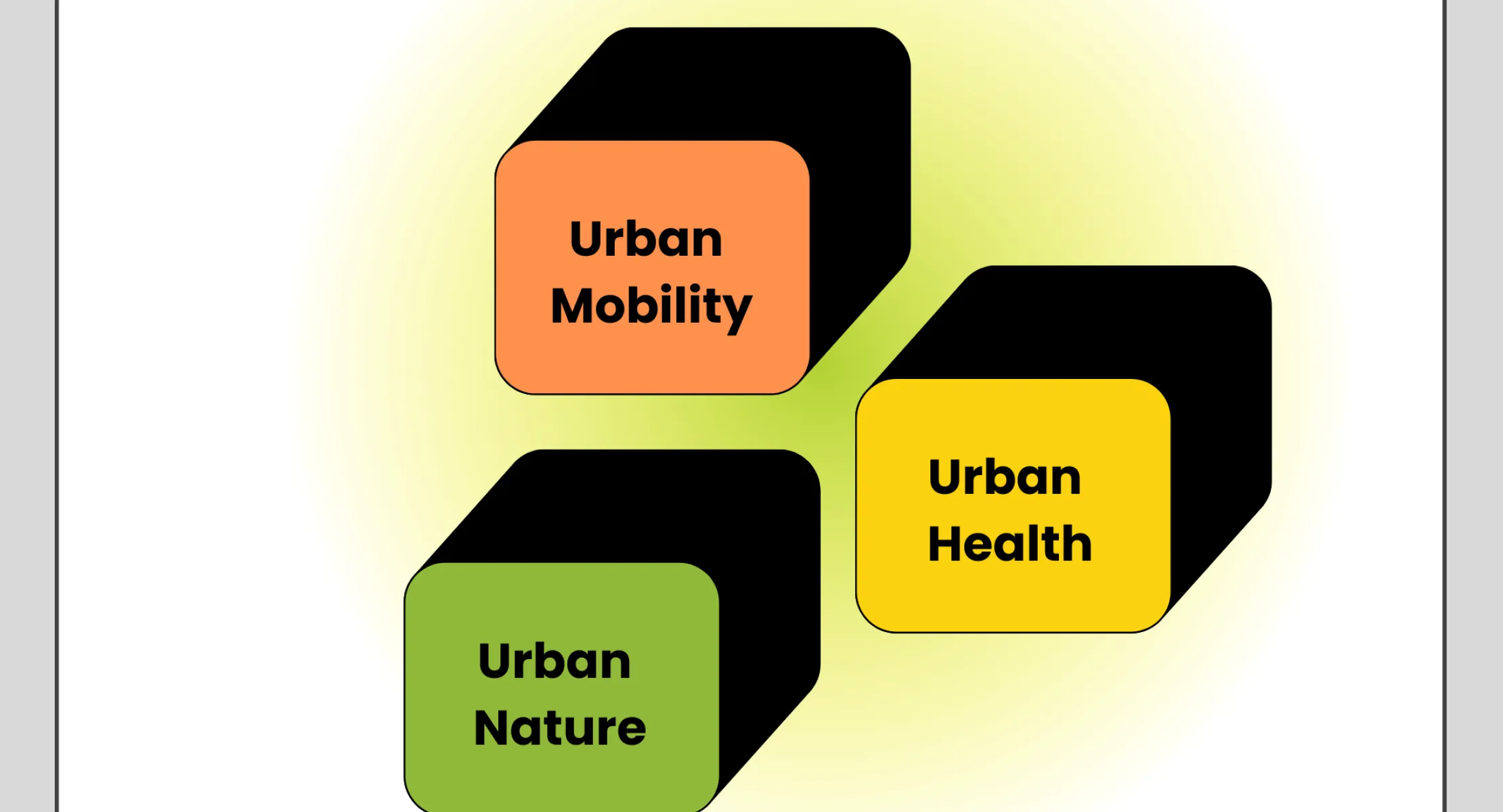
Not all cities are built the same but too often, they’re planned as if they are. Blueprints overlook bus stops that don’t exist, green spaces that were never planted, or health risks that never made it into a zoning code. The reality on the ground is messier and more interconnected than any single plan can capture.
That’s where the newest evolution of Our City Plans comes in.
UN-Habitat’s digital toolbox for participatory planning now includes three new thematic filters: Urban Mobility, Urban Health, and Urban Nature. These filters allow the toolbox to be adapted and customised according to the city's focus and needs, and are invitations to rethink how planning can reflect the way people actually experience their environments. A mother navigating the city with a stroller or a community facing rising heat or a neighbourhood cut off by traffic, these filters bring those overlooked realities into focus.
Urban Mobility....Beyond the Commute
The mobility filter answers a deceptively simple question: can everyone in the city get where they need to go, safely and affordably? Too often, the answer is no. That’s why this filter prioritizes accessible, connected transport systems like walking paths, cycle lanes, inclusive public transit as a backbone of urban equity. It helps cities develop Sustainable Urban Mobility Plans, while also encouraging them to embed mobility thinking into broader planning decisions. The Urban Mobility filter helps local planners and governments design transport systems that connect rather than divide.
Urban Health when you Plan with Well-being in Mind
We’ve learned the hard way that health doesn’t begin in hospitals but in neighborhoods. The Urban Health filter helps cities plan and mainstream urban health to effectively promote disease prevention, wellbeing and the adoption encouragement of healthy living habits. That means improving air quality, designing active public spaces, expanding access to basic services, and factoring mental health into city design. It also supports cities in aligning with global health goals like SDG 3.4 and 3.9 by making prevention and mental well-being part of the urban agenda.
Urban Nature for Greener Cities, Stronger Communities
Nature in cities is protective, beyond simply being decorative. Trees cool streets. Wetlands buffer floods. Parks create room to breathe. The Urban Nature filter gives cities tools to restore biodiversity, ecosystem services, and nature-based solutions as essential planning elements. It guides cities to work with their landscapes and not against them by protecting green areas, restoring urban ecosystems, and designing spaces that benefit both people and planet.
These new filters integrated into the platform allow cities and practitioners to customize their planning process, selecting the themes most relevant to their local context and development goals, and drawing on specific guidance and tools to make their plans more effective, inclusive, and resilient.
In a world of fast-changing urban challenges, these new filters offer something powerful, and that is a way to plan not just for the city on paper, but for the one that people actually live in.